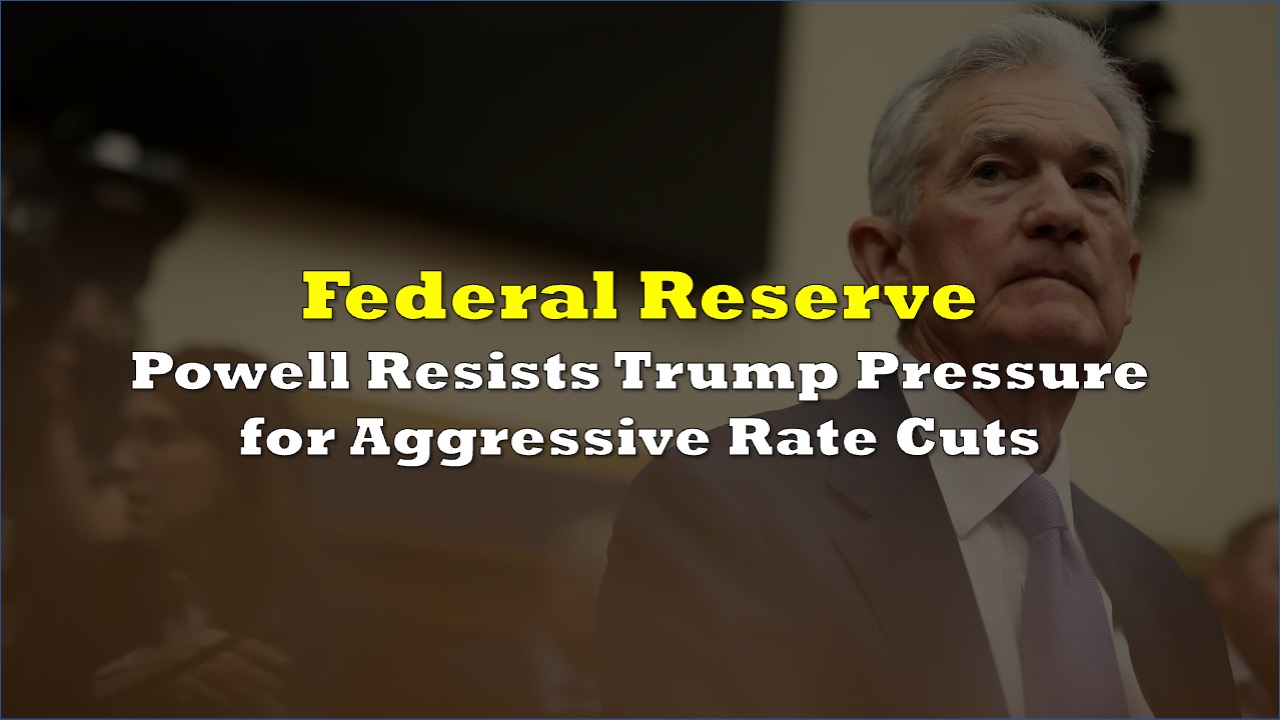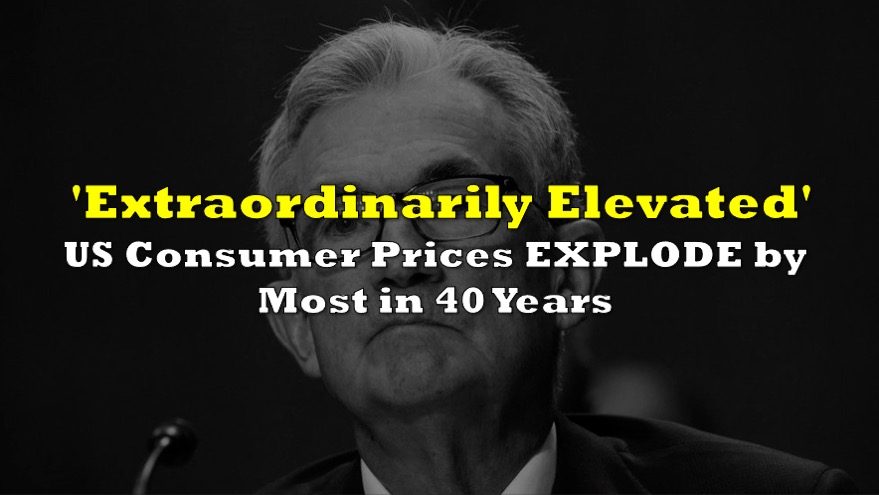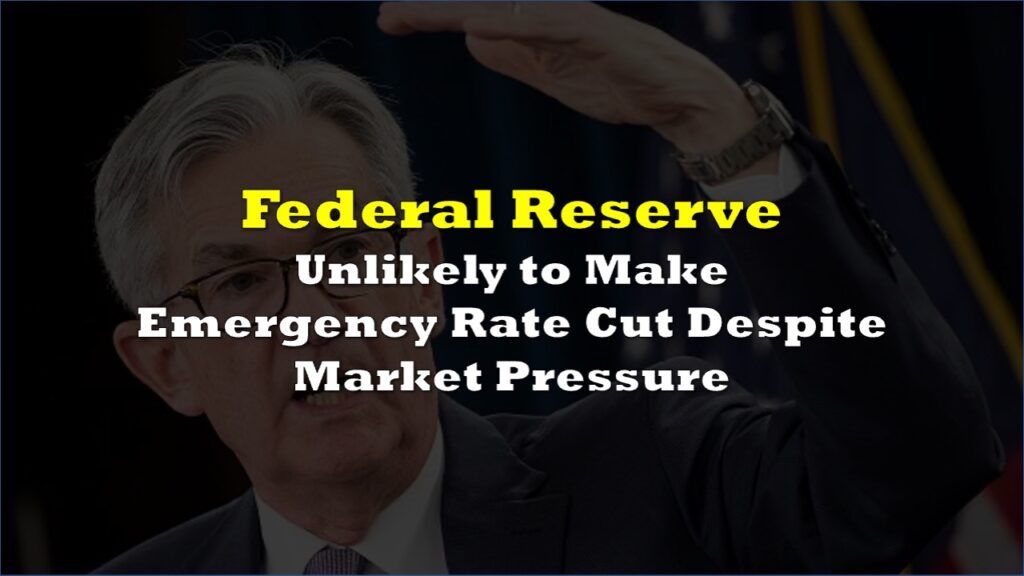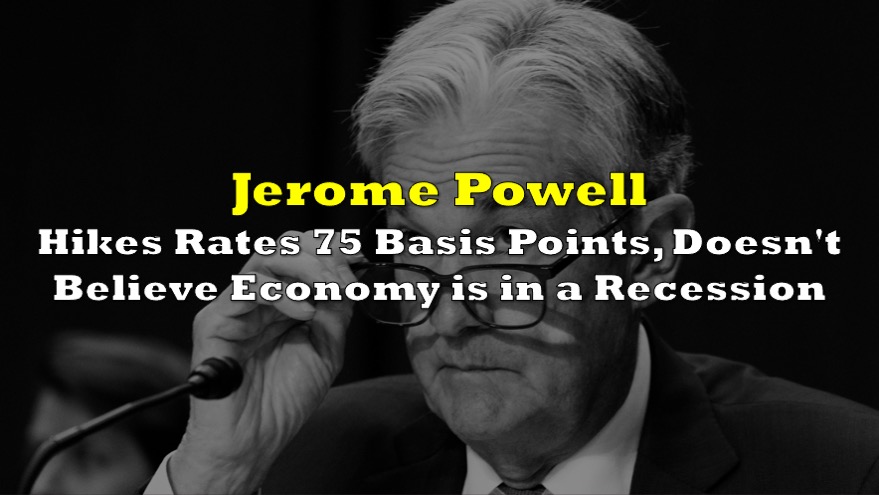Federal Reserve officials expect to cut interest rates just twice this year, down from earlier projections, as policymakers confront persistent inflation and uncertainty over the Trump administration’s trade policies.
The central bank held its benchmark rate at 4.25% to 4.5% following its June meeting, with Chair Jerome Powell defending the cautious approach during congressional testimony Tuesday despite escalating criticism from President Donald Trump.
Fed officials now project core inflation will reach 3.1% in 2025, higher than the 2.8% forecast from earlier this year. Economic growth projections were also lowered to 1.4%, reflecting concerns about the impact of potential tariffs and trade disruptions.
Powell says the Fed was prepared to keep cutting interest rates until Trump implementing tariffs that will increase inflation pic.twitter.com/pZlLSegjdE
— Aaron Rupar (@atrupar) June 24, 2025
Trump intensified his pressure on the Fed this week, demanding rate cuts of a full percentage point and comparing the US central bank unfavorably to European counterparts.
“Europe has had 10 rate cuts, we have had none,” Trump wrote on social media. “Go for a full point.” The president also escalated personal attacks on Powell, saying he hoped Congress “really works this very dumb, hardheaded person, over.”
Powell pushed back against political pressure during his House Financial Services Committee appearance Tuesday, emphasizing the Fed’s commitment to making decisions based on data.
“The FOMC’s obligation is to keep longer-term inflation expectations well anchored and to prevent a one-time increase in the price level from becoming an ongoing inflation problem,” Powell said.
Markets currently assign just a 23% probability to a rate cut at the Fed’s July 29-30 meeting, with most economists expecting the central bank to remain on hold until later in the year.
The Fed chair acknowledged that trade policy changes remain a wild card for monetary policy decisions.
“We [the Federal Reserve] aren’t commenting on tariffs,” Powell said. “Our job is keeping inflation under control, and when policies have short- and medium-term, meaningful implications, then inflation becomes our job.”
Two Trump-appointed Fed governors, Michelle Bowman and Christopher Waller, have suggested the central bank could move more quickly if inflation data improves, though both have expressed concern about price pressures intensifying.
Powell stressed that officials are monitoring economic conditions closely before making policy adjustments.
“For the time being, we are well-positioned to wait to learn more about the likely course of the economy before considering any adjustments to our policy stance,” he said.
The Fed last reduced rates in December 2024, bringing them down from peaks above 5% reached during the central bank’s inflation-fighting campaign.
Fed officials project unemployment will rise to 4.5% this year as economic growth slows amid trade policy uncertainty.
Powell presents the Fed’s monetary policy report to the Senate Banking Committee later Wednesday.
Information for this story was found via the sources and companies mentioned. The author has no securities or affiliations related to the organizations discussed. Not a recommendation to buy or sell. Always do additional research and consult a professional before purchasing a security. The author holds no licenses.









